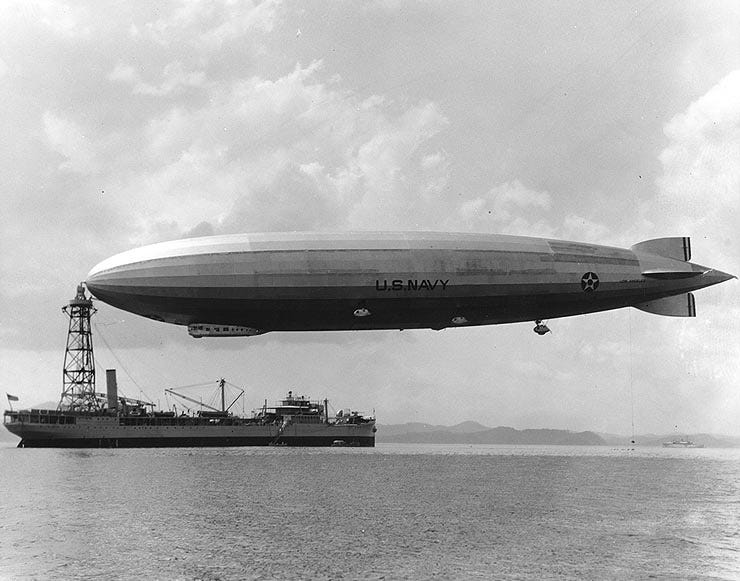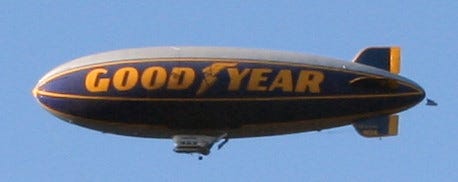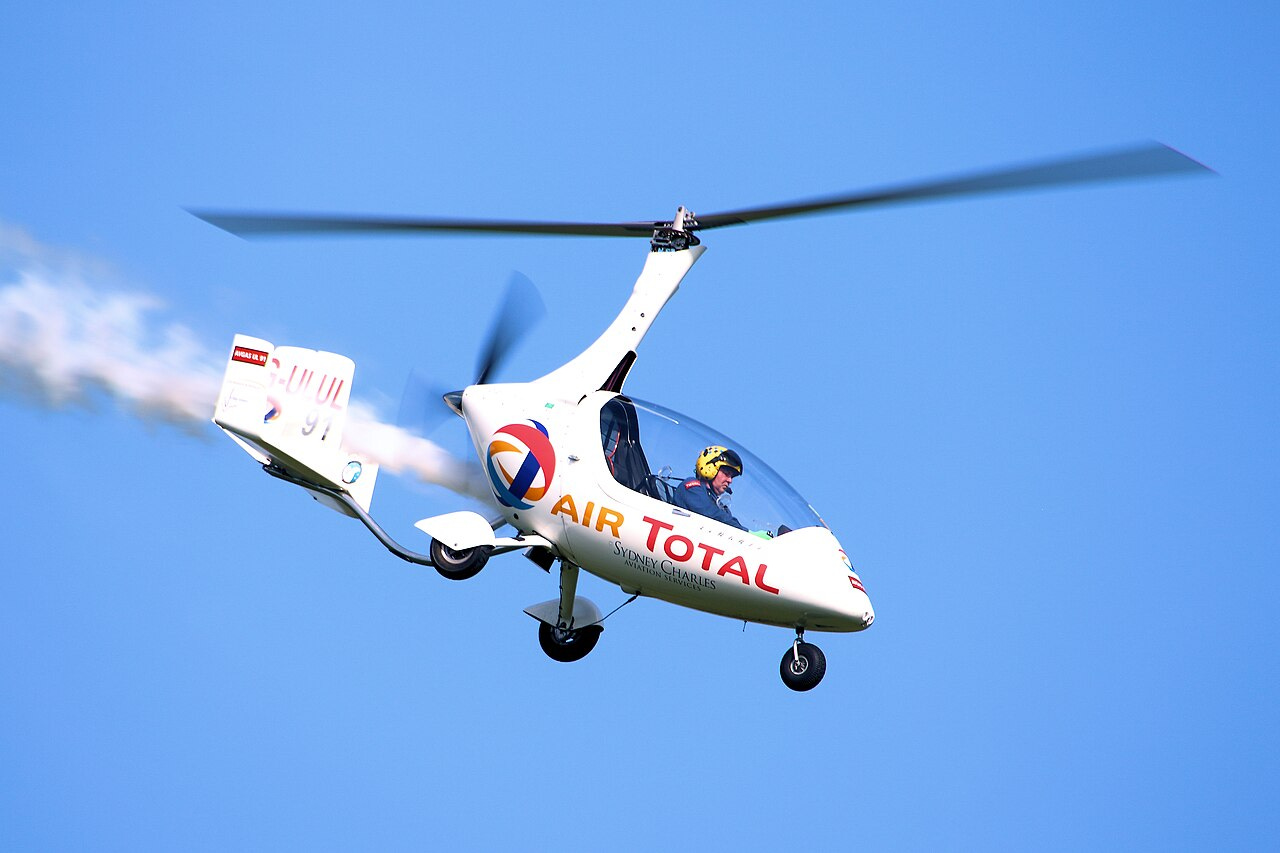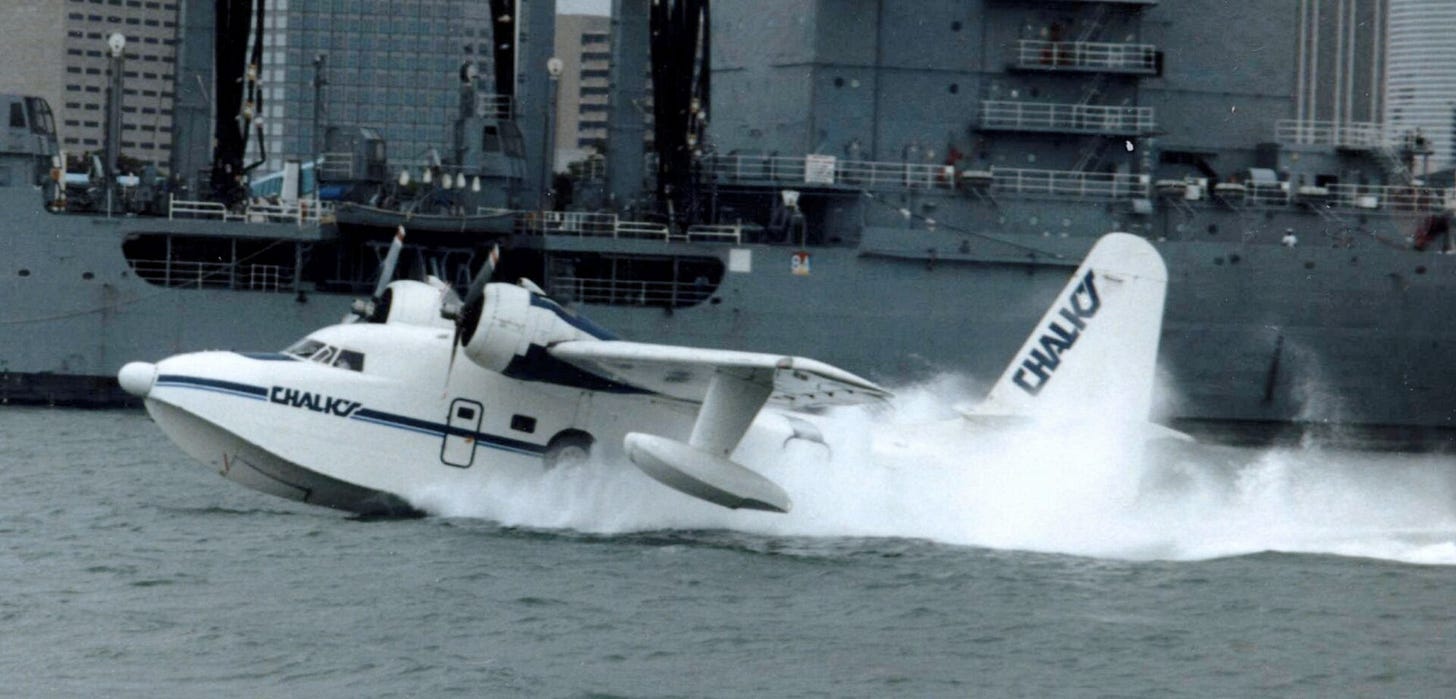Something awesome is in the making.
Introduction
When we think of aircraft, most of us picture airplanes flying high in the sky. But guess what? There’s a whole lot more to the world of aircraft than just planes! Some aircraft don’t even look like airplanes at all. From blimps to helicopters, the sky has a variety of flying machines with different ways to soar.
Let’s break them down into two main categories:
Lighter-Than-Air Aircraft: Floating Like a Feather
Lighter-than-air aircraft are designed to stay afloat because they’re filled with gases that are lighter than the surrounding air. They generate lifting force via buoyancy. They don’t need wings or engines to keep them in the sky — they naturally rise!
Kites
Kites are probably the simplest form of lighter-than-air aircraft. They're tethered to the ground with a string and fly when the wind hits them just right. Though not powered or used for transport, they’re important historically in learning about flight dynamics.
Balloons
Balloons are the classic lighter-than-air aircraft. By filling them with a lighter gas like helium or hot air, they float up into the sky. You’ve probably seen a hot air balloon, which works by heating the air inside to make it less dense than the air outside. Once it cools, it descends back to Earth. The lifting gas used can be hot air, hydrogen, coal gas or helium (the most commonly used).
Airships
Now we’re getting to the cool stuff. Airships are like balloons but with more control. They have engines, steering, and can move in different directions. There are different types of airships, so let’s break them down:
Rigid Airships: These have a solid frame inside that holds their shape. One of the most famous examples is the Zeppelin, which was popular in the early 20th century.
Semi-Rigid Airships: These are like a mix of a rigid airship and a balloon. They have some internal structure but also rely on the gas inside to keep their shape.
Non-Rigid Airships: Also known as blimps, they don't have a solid frame. They rely entirely on the gas inside to maintain their shape.
Aerostats: These are tethered to the ground and used to hover in place. They’re often used for surveillance or weather observation.
Dynastats and Rotastats: These are hybrids that combine the lift from lighter-than-air gases with powered propulsion, allowing them to move faster or handle wind better. Dynastats use forward propulsion, while Rotastats even have rotors for added lift and control.
Heavier-Than-Air Aircraft: Defying Gravity with Power
Unlike lighter-than-air aircraft, these crafts need engines or some kind of propulsion to stay up. Gravity pulls them down, but their design and power keep them flying!
Airplanes
This is the most common type of heavier-than-air aircraft. Airplanes have wings and engines that allow them to generate enough lift to overcome gravity. Their engines give them thrust, and their wings lift them as they move forward. Planes come in all shapes and sizes, from small single-engine planes to giant commercial jets.
Rotorcraft
Rotorcraft are aircraft that use rotating blades or rotors to lift off the ground. They don’t need long runways like airplanes do because they can take off vertically! Let’s break down the main types:
Helicopters: The most well-known rotorcraft, helicopters use one or more spinning rotors to generate lift. They’re super versatile, allowing for vertical takeoff, hovering, and precise maneuvering. You’ll see them used in everything from rescue missions to TV news chases.
Autogyro: Also known as a gyroplane, these use a rotor for lift but rely on an engine-driven propeller to push them forward. They look like a mini-helicopter but work differently because the rotor isn’t powered — it spins freely as air flows through it.
Gyrodyne: A rare type of rotorcraft that combines features of helicopters and autogyros. It can use powered rotors for vertical takeoff and then switch to using a propeller for forward flight.
Rotor kite: Also called a gyroglider, this is an unpowered rotary-wing aircraft. It has no engine at all, and relies on either being carried aloft and dropped from another aircraft, or by being towed into the air behind a car or boat.
Seaplanes
Seaplanes are like amphibians — they can operate on water as well as land! These planes have floats or a specially designed fuselage that allows them to take off and land on water. There are two main types of seaplanes:
Floatplanes: These have pontoons or "floats" attached under the fuselage. The floats keep the plane above water while the main body stays dry. Floatplanes can land on water but are usually not able to land on land unless they have retractable wheels.
Flying Boats: These have a specially shaped fuselage that acts like the hull of a boat, allowing them to land directly on water. Unlike floatplanes, the entire body of the flying boat is designed to interact with the water. Some flying boats also have small floats on their wings for extra balance on the water.
Both types are super useful for places where regular runways aren’t available!
Spaceplanes
Okay, now we’re entering some next-level stuff. Spaceplanes are designed to operate in both the atmosphere and outer space. They take off like a plane, fly into space, and then return and land like a plane. The Space Shuttle is the most famous example of a spaceplane, combining rocket power for space travel with airplane-like characteristics for re-entry.
Special Mention: Tiltrotors
Tiltrotors deserve some extra attention because they’re truly unique. Imagine an aircraft that can take off straight up like a helicopter and then transition to fly like a plane. Tiltrotors, like the V-22 Osprey, do just that by tilting their rotors forward after takeoff. They combine the best of both worlds, making them super versatile for military, rescue, and commercial use.
We hope the above in-depth classification of aircraft was informative and helpful in broadening your understanding of this field. Next, week we will cover another interesting topic.









